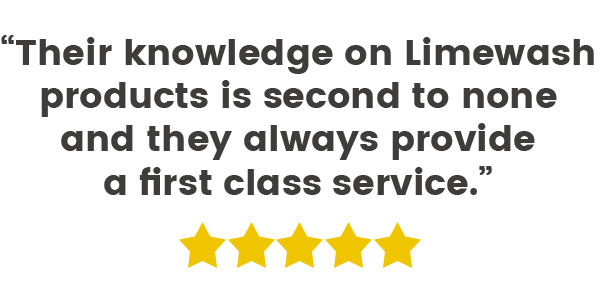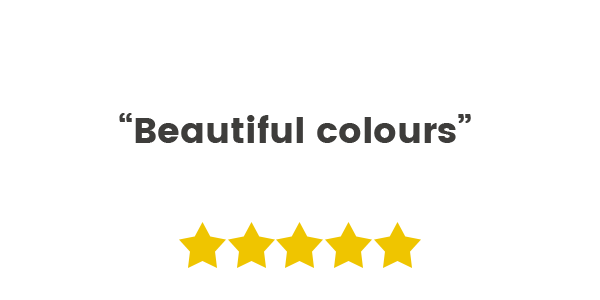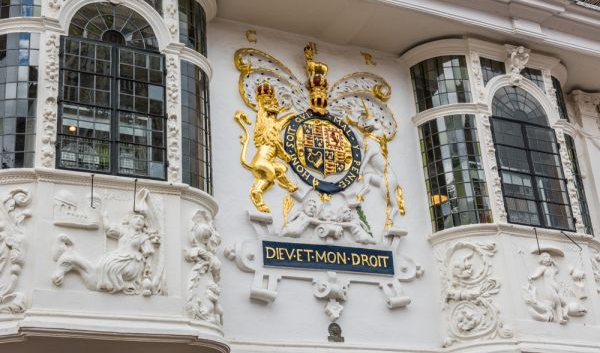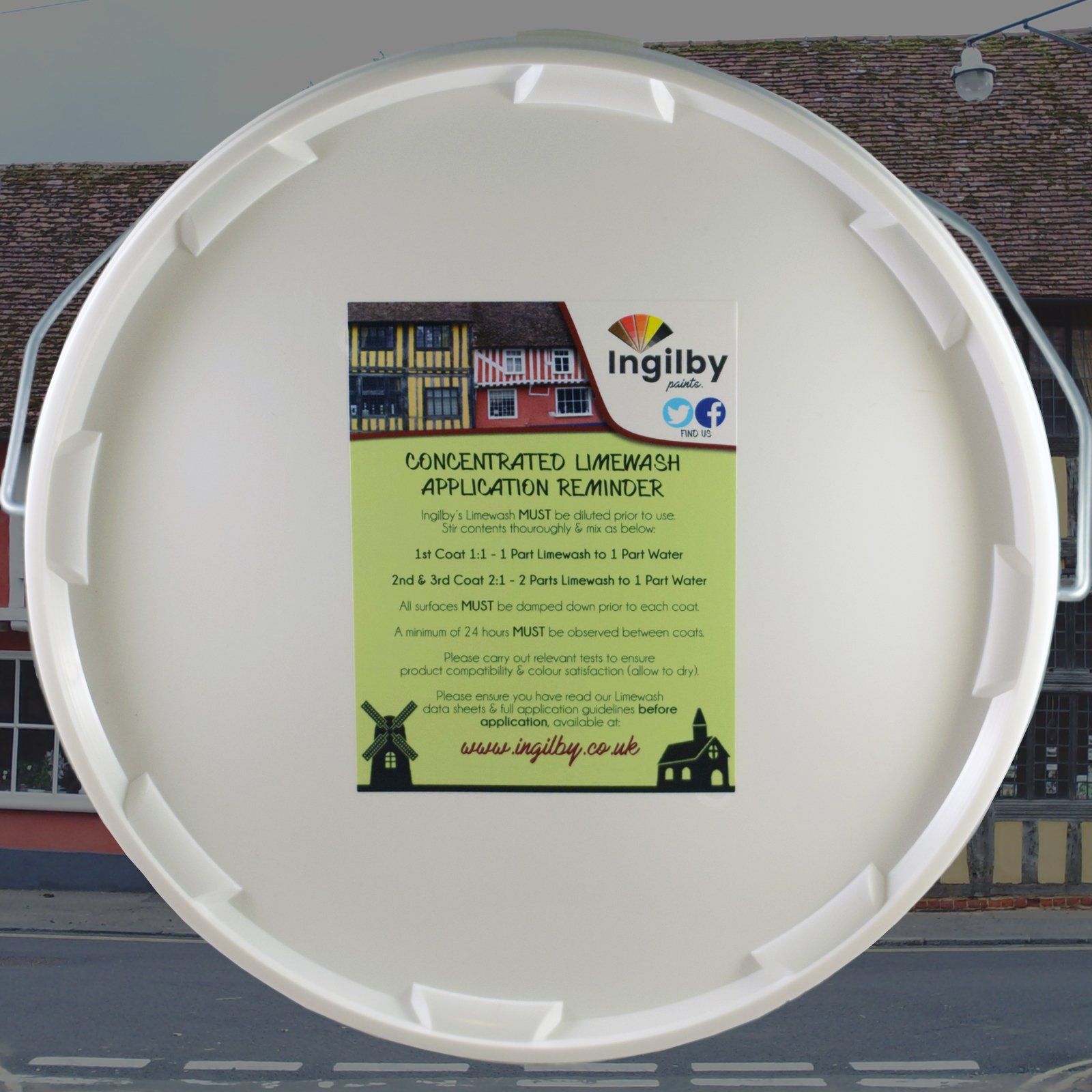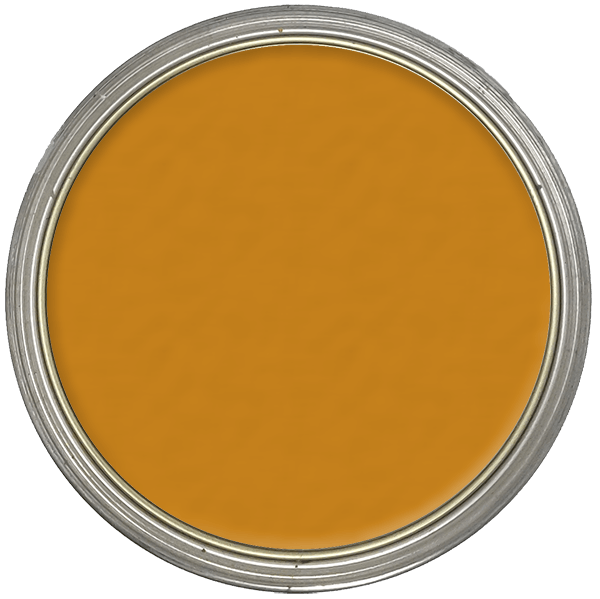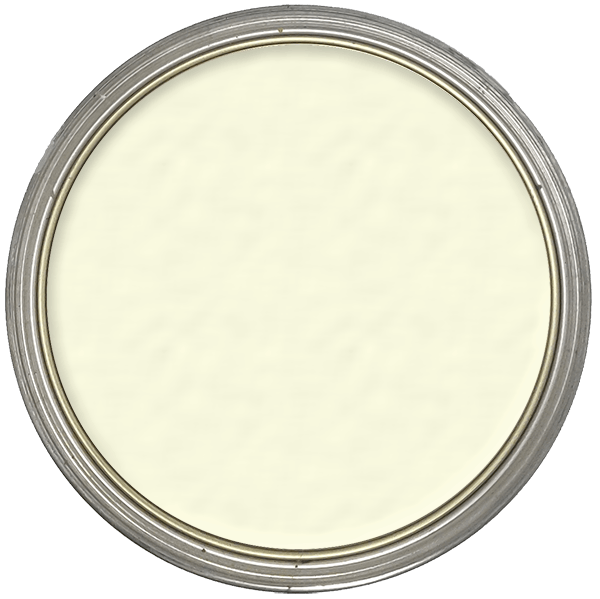Limewash
Here at Ingilby Paints we have been hand producing Limewashes for over 20 years creating bespoke colours for projects all over the UK. Our colours stand proud on many buildings in picturesque villages including Lavenham and Long Melford as well as many other historic properties across Suffolk and East Anglia.
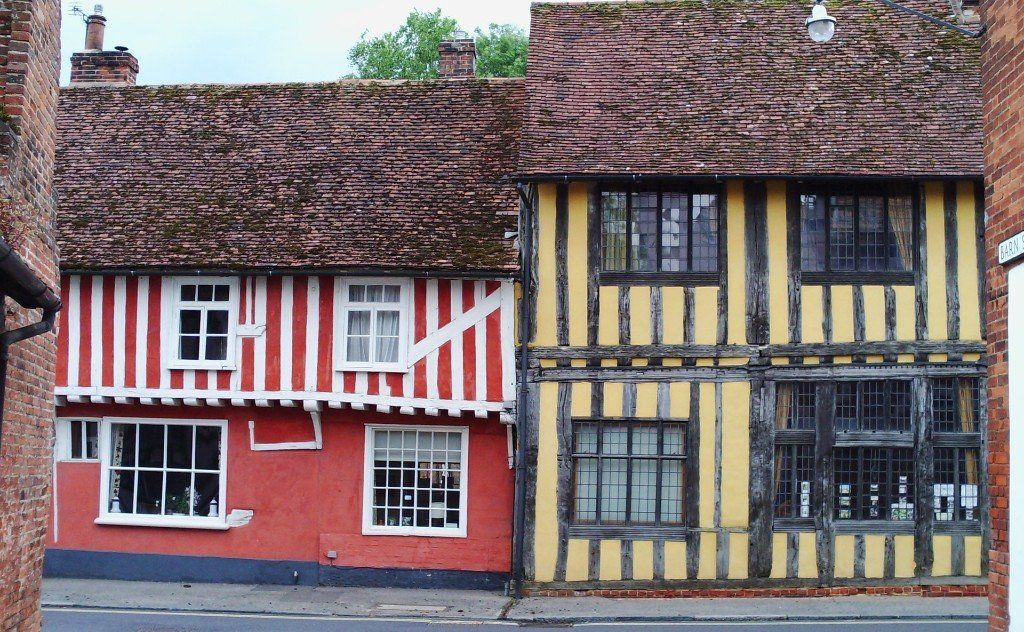
Slide title
Write your caption here
Button
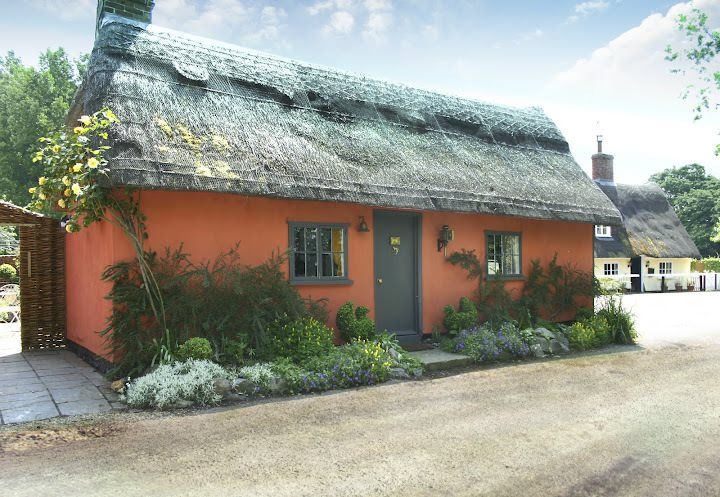
Slide title
Write your caption here
Button

Slide title
Write your caption here
Button
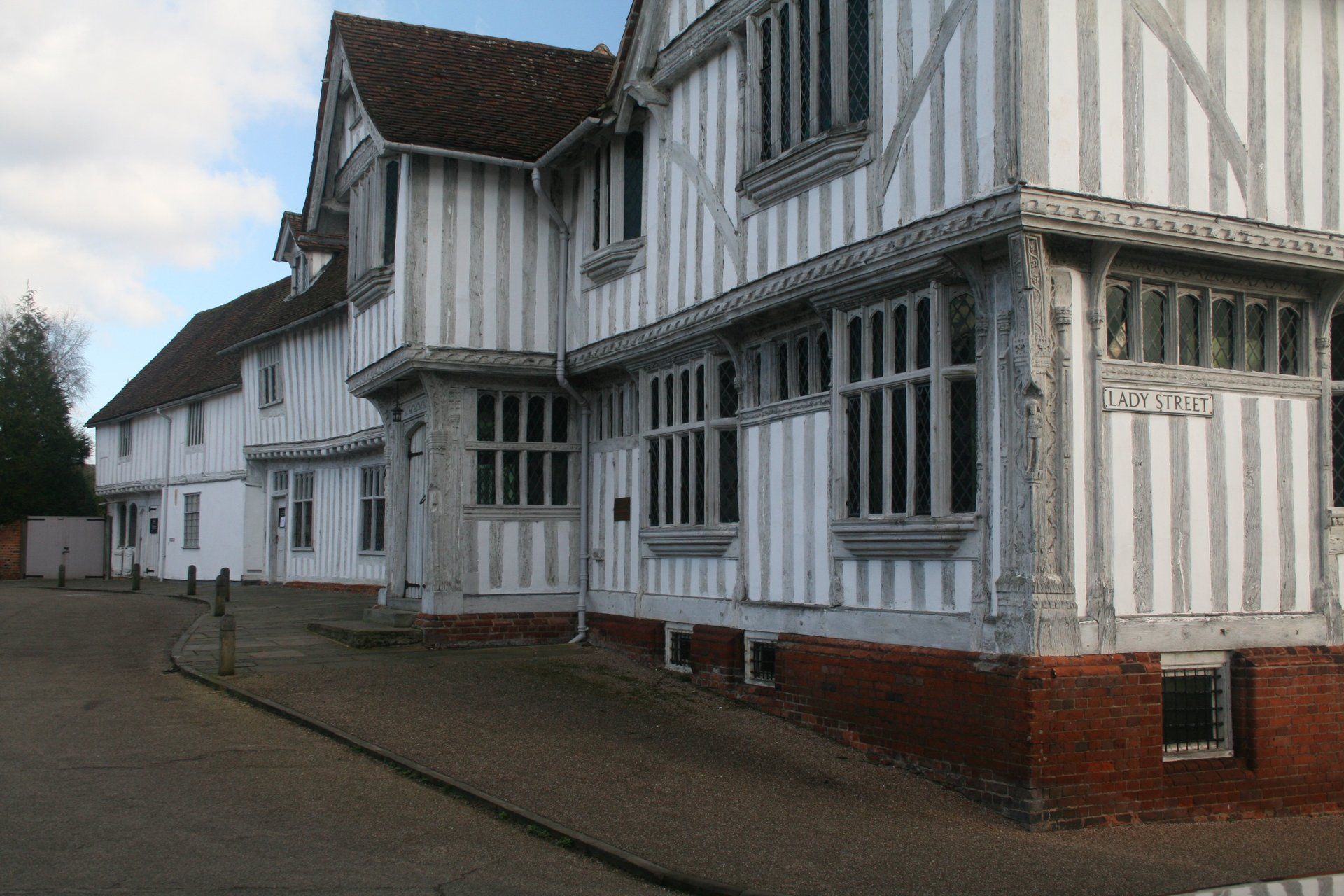
Slide title
Write your caption here
Button
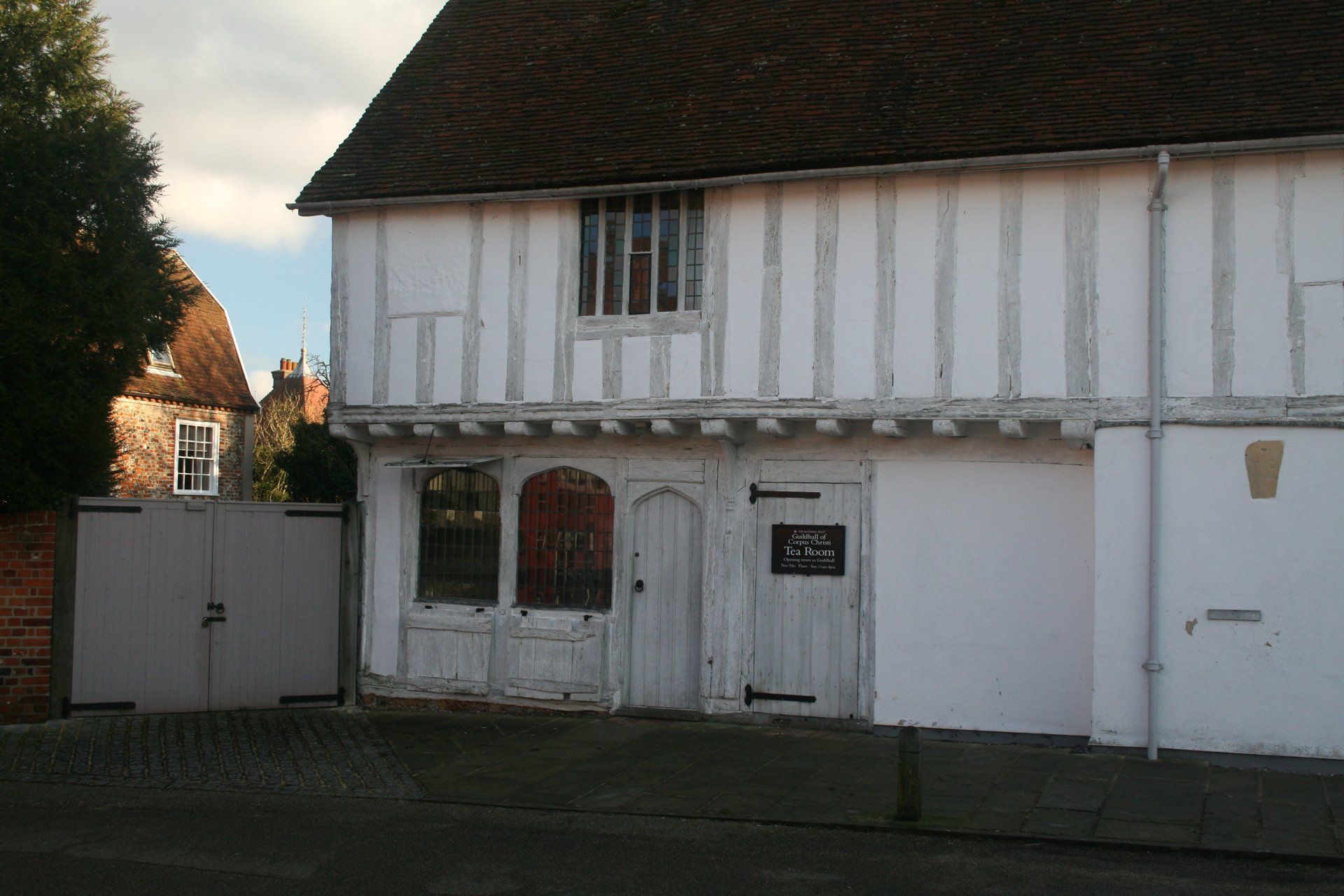
Slide title
Write your caption here
Button
What is Limewash?
Limewash, colourwash, whitewash and similar names for limewash, traditionally and today, is the coating applied over lime plaster/render, wattle and daub and clay lump surfaces that allows the building to continue to breathe, allowing vapour/moisture to pass out of the structure. Limewash today is also used on modern surfaces including brick, cement and gypsum plaster as well as broader uses including wooden fencing, garden walls, timber framing (which was traditionally limed for protection), green houses and factory roof lights, the last two are for shading against the sun as limewash adheres to glass and fibreglass for a full year or more.
Limewash is a basic dilution of mature lime putty with water plus any additives that may be needed to improve certain properties and finally colour if desired. Traditionally different areas (geographically) used different additives to improve these properties. Additives ran from Tallow (rendered beef fat), oil, salt, urine, copperas and casein to mention but a few and these could be used in many combinations. These additives were used to improve things like adhesion, water shedding, dusting and longevity.
For over more than 20 years we have been developing lots of Limewash formulations. From this wealth of experience and by utilising both traditional and modern additives and methods we have expertly refined these formulations down to 4 types that cover the needs of any Limewash application.
We use only industry quality ingredients including iron oxide and earth pigments. The putty we use is matured for a minimum of at least 4 months and our special manufacturing process accelerates the properties associated with old fashioned limewashes made by the master painters of the day.
Why use Limewash?
Other than the pleasing traditional aesthetics of a Limewash finish Limewashes are fully breathable allowing the passage of water vapour in and out of traditionally rendered buildings. This is essential for old buildings to survive without serious damage to their structure. No passage of water vapour can result in rotting of timbers and sole plate.
Why use Limewash and not paint?
Lime render is much softer than cementatious renders and breathes readily to allow vapour passage. Modern paints tend to be too strong and will pull the surface off the plaster and paint flaking
can ensue. Add to the main fact that the breathability of paints varies greatly and detracts from the vapour movement required in old and historic buildings, keeping wet out and allowing the damp to escape again which can result in rotting of timbers and sole plate.
Aesthetically a Limewash gives a traditional matt mottled finish which is in keeping with old and historic buildings. A modern paint often gives a uniform plastic finish which traditionalists would argue is wrong for many reasons.
From a Health & Safety standpoint, limewash has no biocides or solvents but is alkali so gloves and goggles must be worn. For the environmentalists, lime absorbs carbon dioxide from the atmosphere and reverts back to chalk from whence it came.
History of colour. What colours are available today?
Coloured clay, blood, cow pat ‘use only with morning dew on’, roots of plants, leaves and berries were all used to attempt to colour Limewash in the past. Pigments were a luxury for the rich but nevertheless were used for interior artwork. Some pigments were used for exterior decoration with pargetry and evidence can be seen in Suffolk from as long as 400-500 years ago
Having moved on through the years we have today a wide range of pigments and a huge range of paints for modern houses, these modern paints have almost destroyed our historic buildings over the last 50-60 years. However, the last 15 years has seen great strides made to redress the situation. A greater understanding has developed both professionally and with home owners and manufacturers. The demand for Limewash has increased in popularity and its ‘life span’ has become known as better than paint.
Many owners look for limewash for modern and old buildings as a vibrant natural finish, albeit the vogue. This has placed greater demand for more limewash colours and deeper colours.
We at Ingilby Paints offer colours from our
Online Colour Card
as well as
Colour
Creation in all four of our Limewash foundations as well as access to recipes for thousands of colours spanning our 30+ years of manufacture. These recipes include colours ranging from pastel shades and creams to deep terracottas, yellows, reds and greens using traditional and historic pigments including red, yellow and black oxides of iron, raw and burnt umber and sienna as well as modern pigments and stainers.
Is Limewash easy to use and how do I apply it?
Yes Limewash is easy to use if you follow some simple yet important guidelines, and remember Limewash is not a paint.
Always apply Limewash by brush, the first coat should be very thin. Ingilbys’ Limewash should be diluted equal parts with water i.e. 5 Litres water to 5 Litres Limewash for the first coat and subsequent coats should be two parts Limewash to one part water i.e. 5 Litres water to 10 Litres Limewash .
Too thick an application will give mud cracking and failure of finish and adhesion. If brush marking is a problem then the product is too thick particularly for interior work. Do not apply in full sun. Wet the surface down before limewashing (surface can act like blotting paper—sucking up the lime). Do not apply in cold, damp or wet conditions.
Application Reminder labels can be found on all Limewash tubs which outlines important dilution information as well as some other application rules. There is also a more in depth data sheet available
here, it is recommended
all data sheets are read before any application.
What Limewash types do Ingilby offer? And which should I use?
We offer 4 foundations of Limewash for different uses. For external use we recommend Tallow Bound Limewash, Pozilime Limewash or Pure & Simple Limewash. For internal use we recommend Interlime Limewash or Pure & Simple Limewash.
For Internal Paints & Masonry Paints for the home check out our
Online Store
as well as for our full online range of coatings.
Contact Us
for any other paint requirements, our online store is only a selection of products we manufacture, we have formulations for lots of modern, specialist and traditional paints including Scumble Glazes, Hard Oils, Anti Foulings, Red Oxide Primers, Varnishes, Distempers, Photoluminescent Paints to name a few.
Links to our Online Store below

